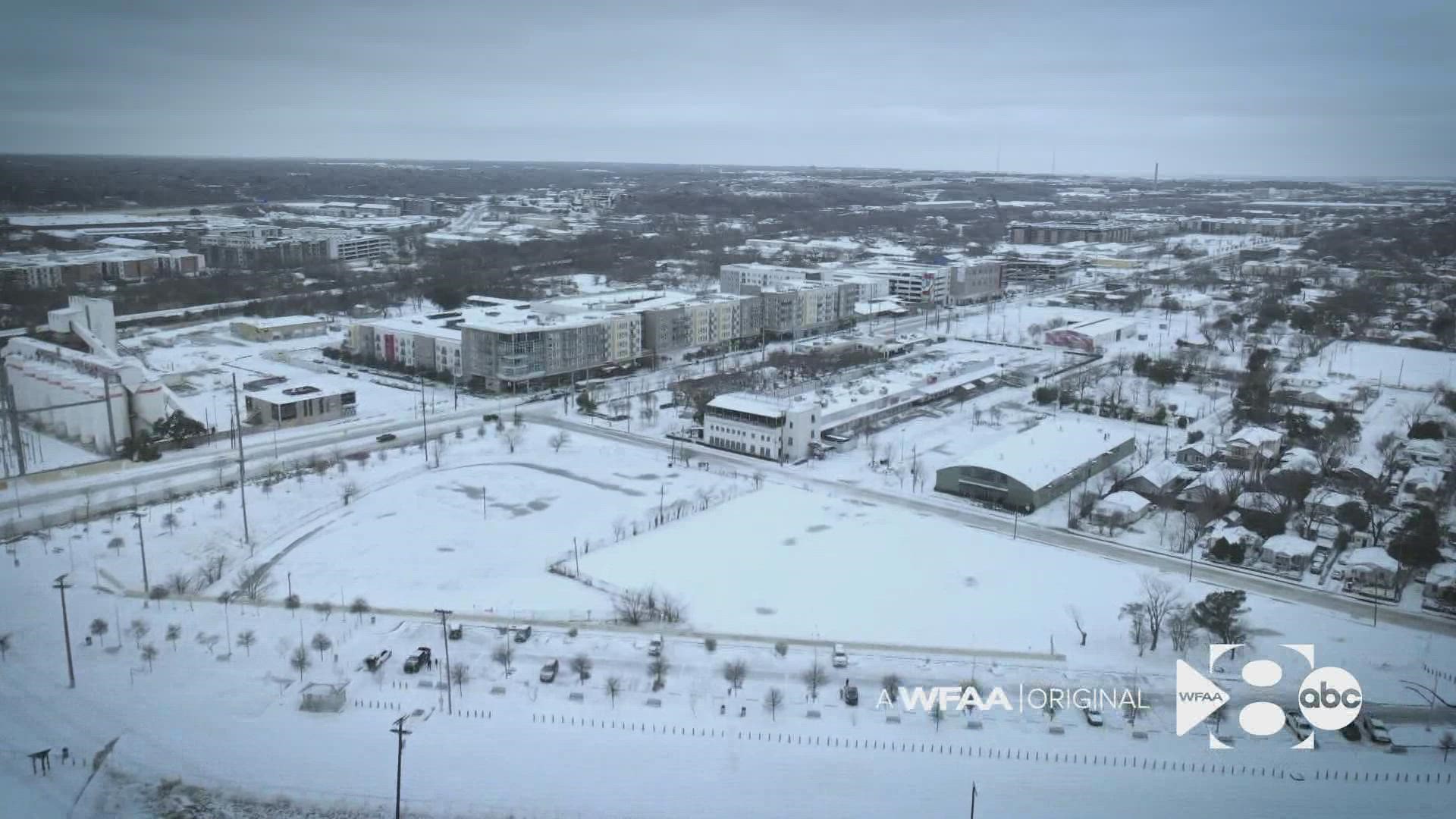DALLAS — Last year's February winter storm was unprecedented for North Texas. The prolonged cold set records across the state, but the storm behind it will be remembered for another reason: the number of fatalities.
There were 246 cold-related fatalities across the state due to the storm in February 2021. Medical examiner reports show a majority of deaths stemmed from hypothermia. The next highest caseload were natural deaths exacerbated by the cold, meaning the victim had underlying natural disease prior to the cold event. Another caseload dealt with the silent killer of carbon monoxide poisoning, with reports sharing how victims attempted to get warm by using generators inside poorly ventilated areas like apartments or RVs.
But the medical reports also revealed another sad reality: Five of the at least 22 Dallas County deaths during the February 2021 storm were the result of something called paradoxical undressing.
It's a phenomenon that's common among cold-related deaths. The medical definition for paradoxical undressing is "irrational behavior in exposure to extreme cold." In the Dallas County cases from February 2021, it's believed to be behind why victims removed their clothes only to perish in the low temperatures.
"We'll find people outside in frigid temperatures either partially clothed or completely naked," said Dr. Amy Gruszecki, a forensic pathologist of American Forensics.
Dr. Gruszeki says she sees paradoxical undressing in one out of five hypothermia cases.
"They start to hallucinate, they get confused and they start to feel warm even though they are far from warm," said Dr. Gruszecki.
The sad reality is that shedding clothes only speeds up their death. It feels like an especially tragic way to pass; several medical examiner reported details on how family members attempted to put clothes on the loved ones they found cold to no avail.
Dr. Gruszecki tells WFAA that are so many factors that go into determining one's death. Patient history and environment are big clues. Every case is different, of course, but people can die within hours or even minutes from exposure to carbon monoxide, and the same can be said from exposure to cold.
Gruszecki has been a forensic pathologist long enough that she can emotionally remove herself from the patients she sees. She knows that's not so easy for family members dealing with the passing of a loved one.
"It is my job to give that individual a voice as to what happened to them," Gruszecki said.

